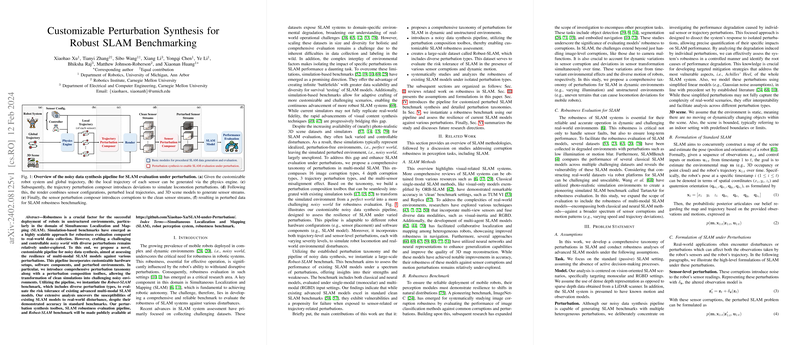An Examination of the Placeholder Document Structure in LaTeX
This brief document embodies a minimal LaTeX structure, often utilized as a foundational template for academic papers. It exhibits several core components aligned with established norms in academic publishing. The provided content constitutes the skeleton of a LaTeX document, specifically highlighting configuration aspects relevant to document preparation, rather than substantive research findings.
Core Components and Configuration
The document begins with a class declaration: \documentclass{article}. This choice indicates that the document will adopt the formatting conventions standard to articles, a common option in scholarly publications due to its simplicity and suitability for text-heavy manuscripts. The primary purpose of this declaration lies in delivering consistent typographical standards across the document, allowing authors to maintain uniformity in text presentation.
Following the class declaration, the document advances into the content environment with \begin{document} and concludes with \end{document}. These commands demarcate the boundaries of the document's main content, encapsulating all sections intended for print or viewing within a LaTeX processing system.
A notable feature within the document is the bibliographic-related content. The command \nocite{*} is employed to include all references in the associated bibliography, irrespective of their citation status within the document. This can be advantageous during the drafting phases of an academic paper when researchers may wish to compile a comprehensive list of literature for later refinement.
The line \bibliographystyle{plainnat} specifies the citation style to be used, indicating a preference for the plainnat style associated with the natbib package. This style plainnat offers flexibility for citing in author-year format, facilitating a nuanced approach to bibliographic entry configuration.
Implications for Academic Publishing
Though this document serves no explicit research purpose on its own, its structural and procedural elements provide value to researchers preparing manuscripts. Proper configuration of a LaTeX document ensures seamless compilation, professional appearance, and adherence to the rigorous standards often required by publishers.
By utilizing this fundamental setup, researchers can concentrate on writing and research contributions while relying on LaTeX to optimize formatting and presentation. Moreover, it opens opportunities for further customization, enabling users to integrate additional packages that can accommodate specific requirements such as advanced mathematical notation, algorithm layout, or graphic inclusion.
Future Directions in Document Preparation
The simplicity of this template provides a starting point for exploring more intricate document structures. Future enhancements might consider the integration of collaborative features or automated formatting checks that align with evolving publication standards. Additionally, developments in AI-assisted writing tools could further simplify the document preparation process by suggesting optimizations or corrections in real-time.
In conclusion, while the provided LaTeX document does not deliver empirical research, it encapsulates the functionality and foundational consistency necessary for the preparation of academic texts. This serves as a testament to LaTeX’s enduring role in the academic domain and offers a preview into evolving document processing innovations that cater to the scholarly community.
